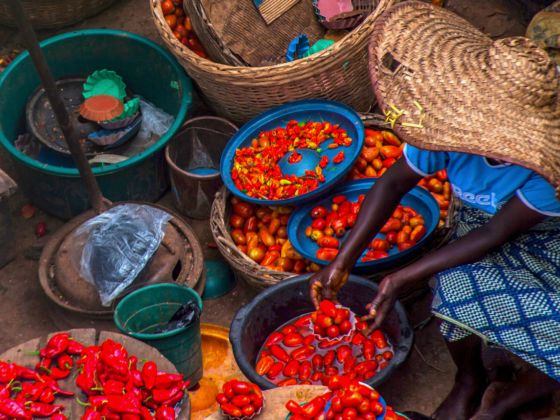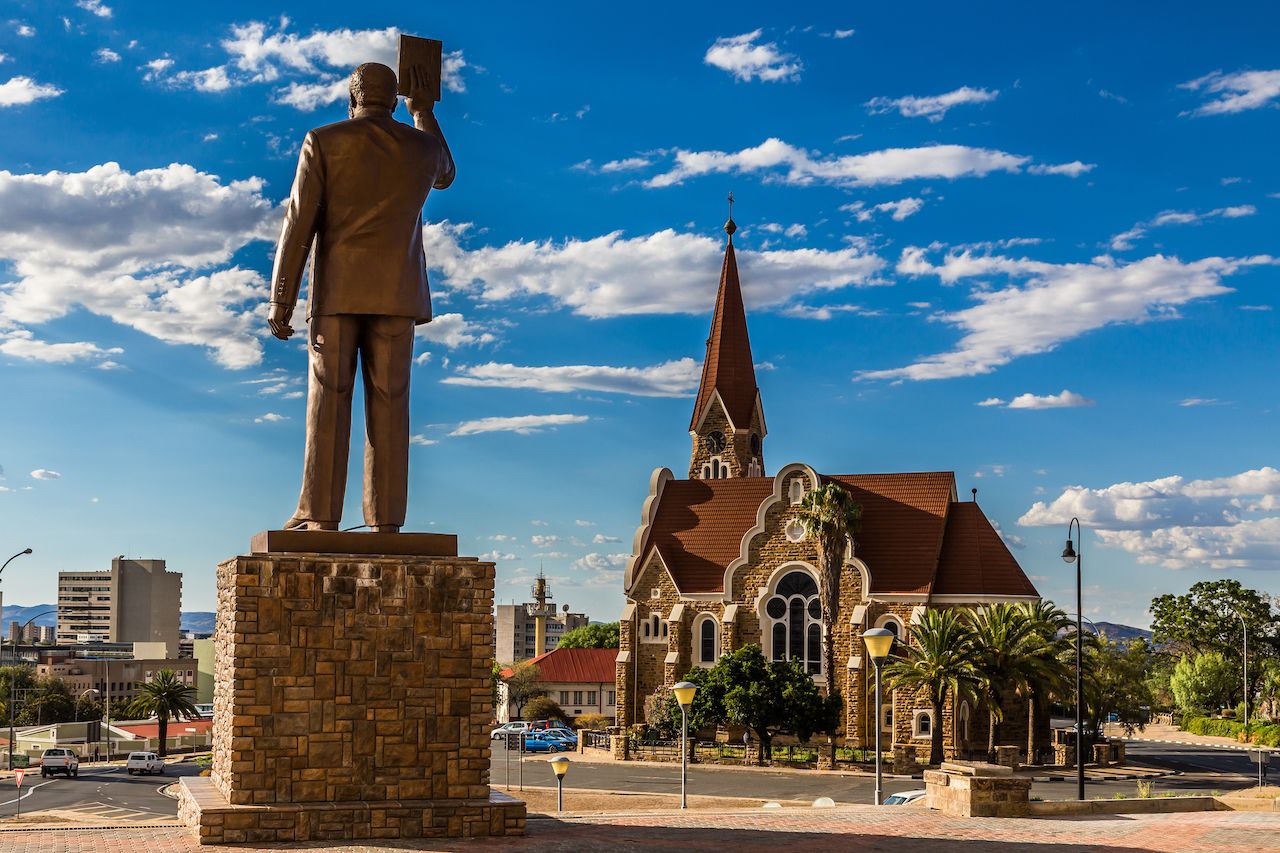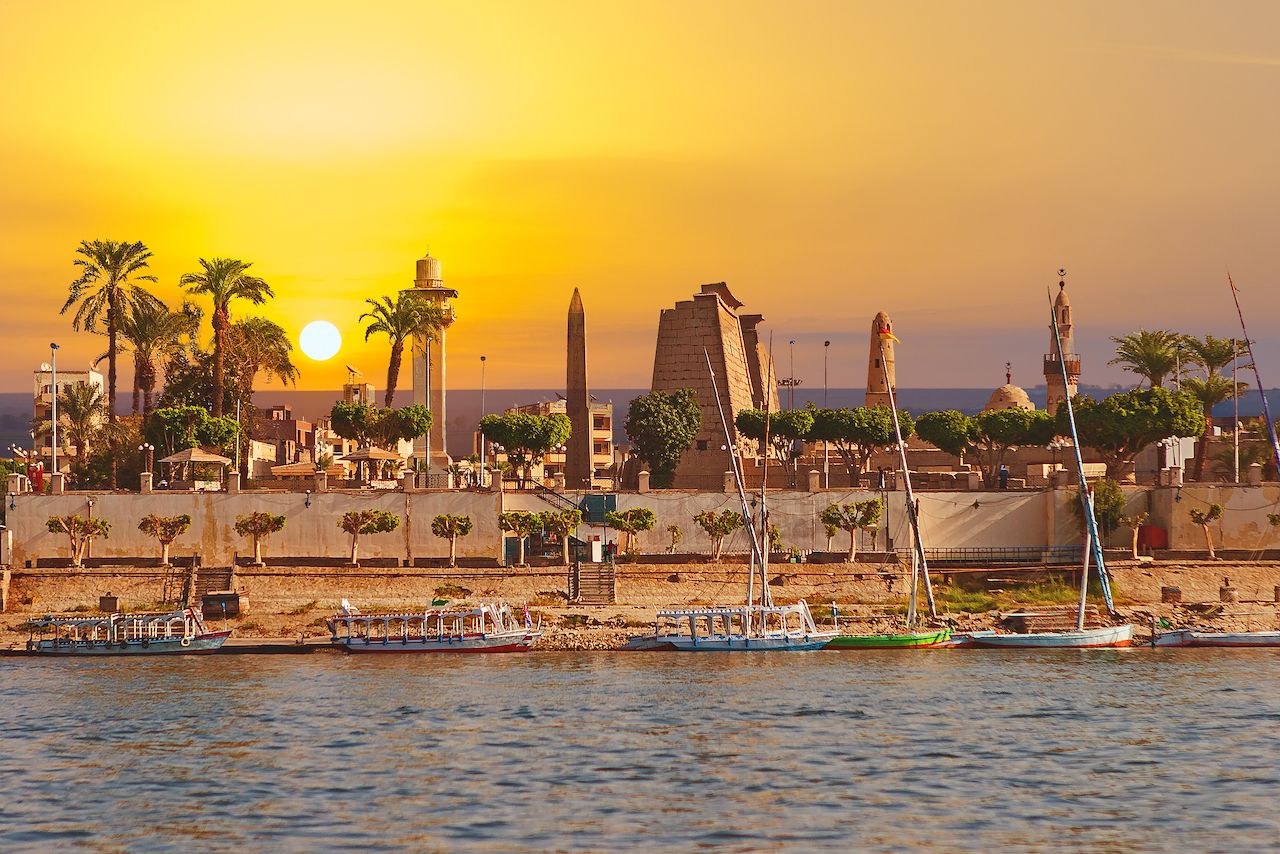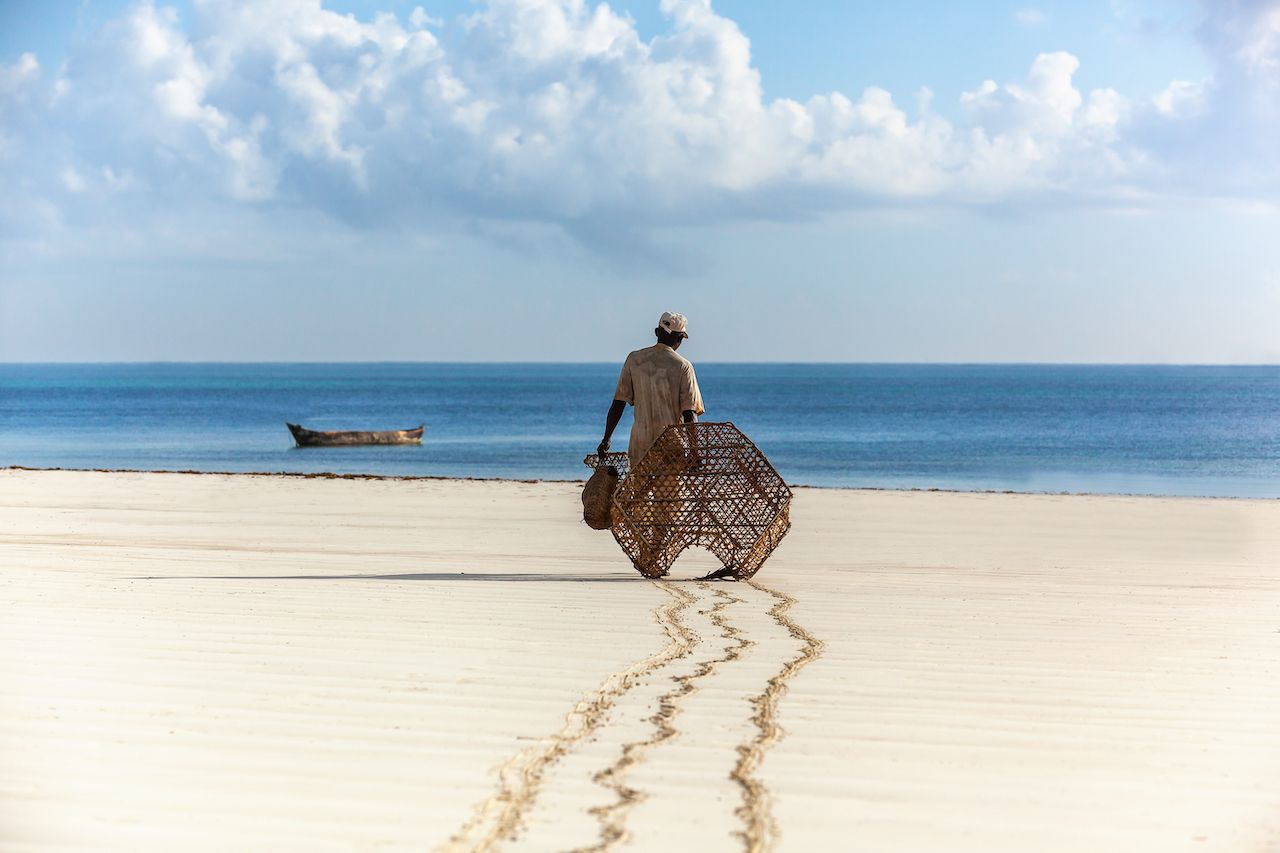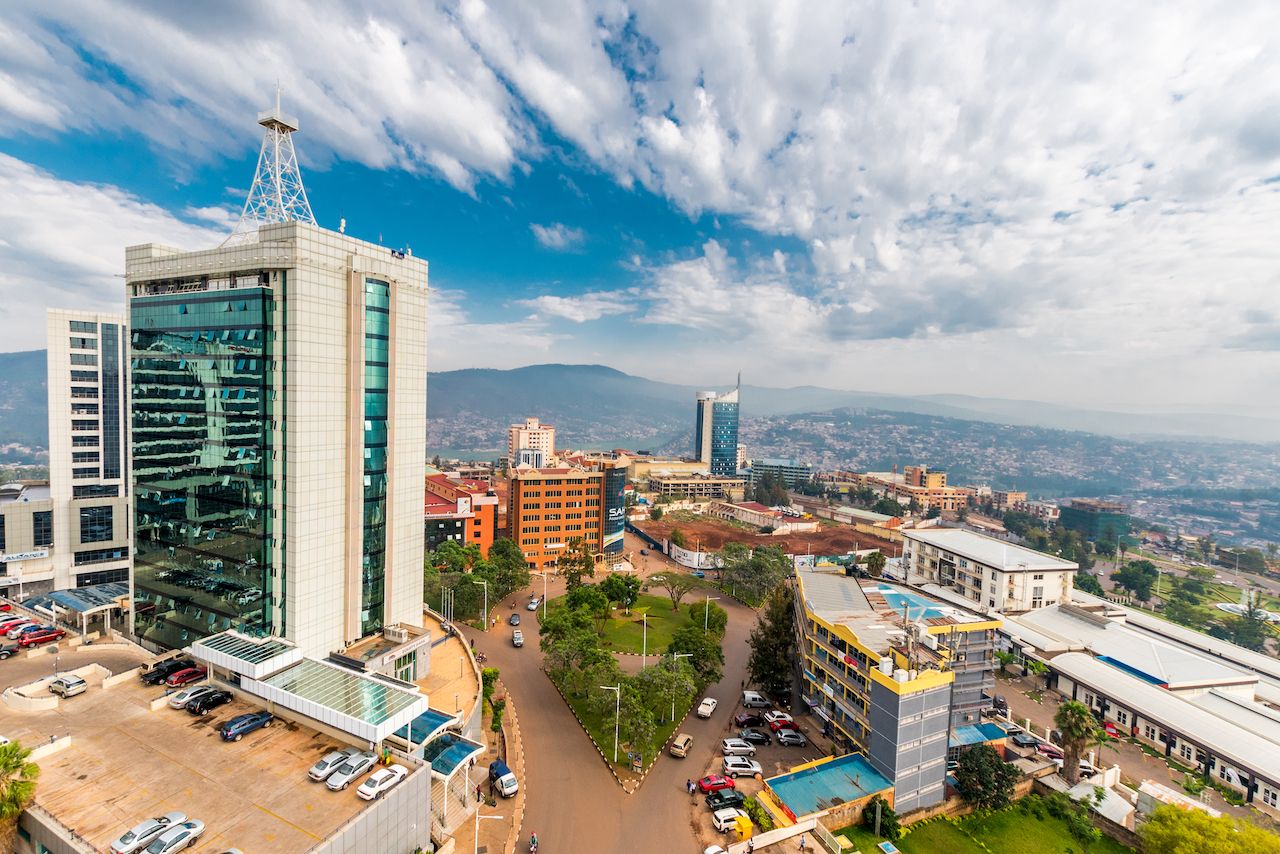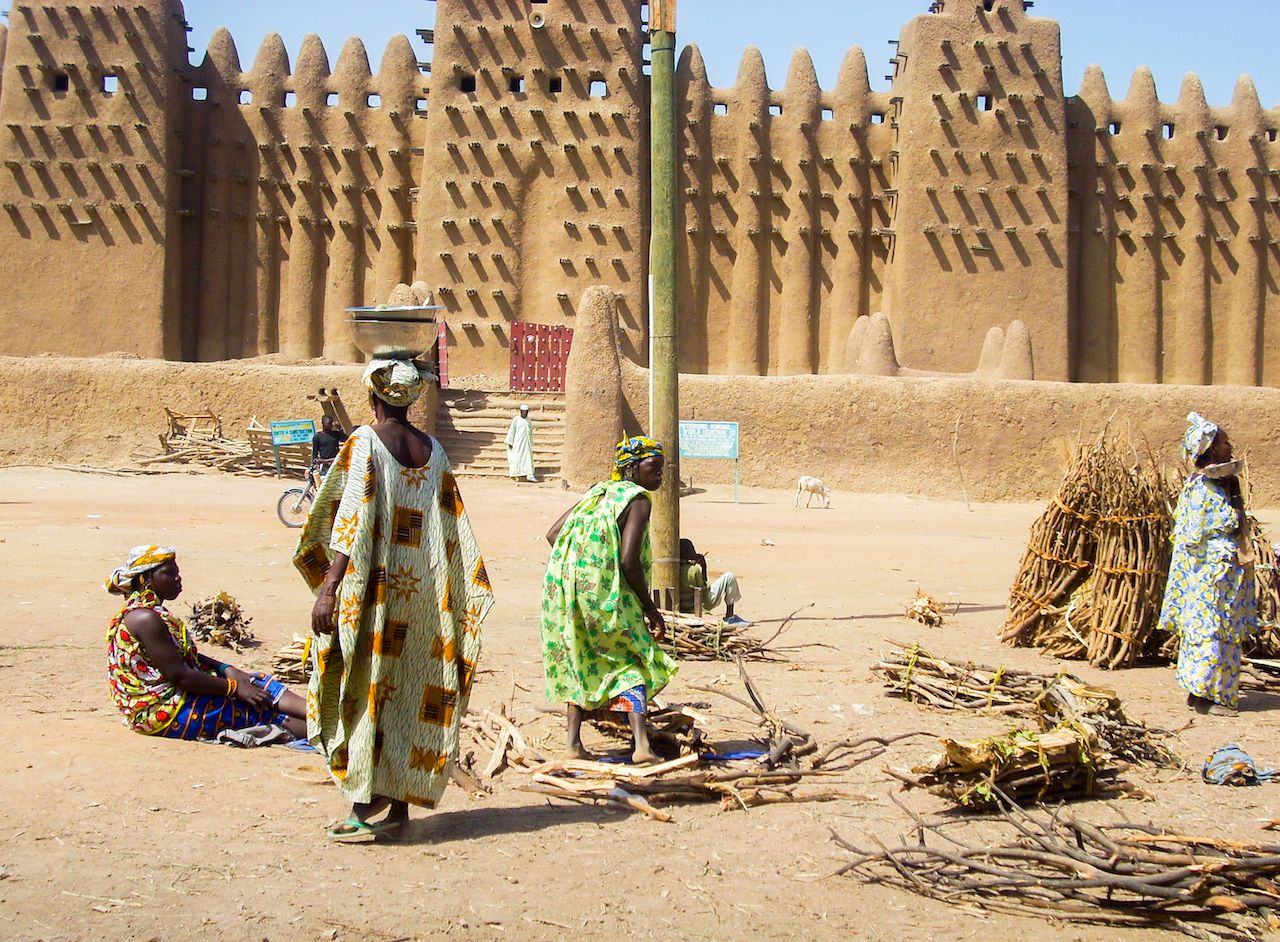While Instagram is rife with photos of travelers on top of Table Mountain in Cape Town, strolling about Morrocco’s blue city of Chefchaouen, or posing in front of the pyramids at Giza, the African continent is gigantic; there are so many options as far as experiences you can have besides just this small handful of touristy towns. A continent with so many diverse cultures and landscapes, Africa is home to many cities that prospective tourists should keep on their radar.
Whether you’ve never considered visiting deserts like the Kalahari or you didn’t know how cosmopolitan some African capitals are, there is a lot for tourists to enjoy on the continent that you may have never thought to explore. Whether you’re a newbie or just want to try somewhere new, here’s a list of vastly underrated African cities to keep in mind for your future travels.
